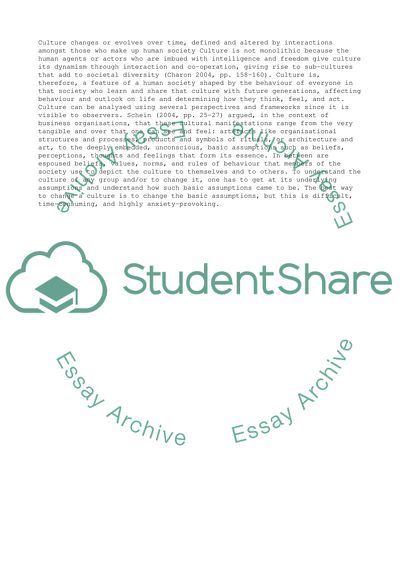Cite this document
(“Cross-Cultural Management Skills in a Business Environment Research Paper”, n.d.)
Cross-Cultural Management Skills in a Business Environment Research Paper. Retrieved from https://studentshare.org/management/1525056-cross-cultural-management-bachelor-essay
Cross-Cultural Management Skills in a Business Environment Research Paper. Retrieved from https://studentshare.org/management/1525056-cross-cultural-management-bachelor-essay
(Cross-Cultural Management Skills in a Business Environment Research Paper)
Cross-Cultural Management Skills in a Business Environment Research Paper. https://studentshare.org/management/1525056-cross-cultural-management-bachelor-essay.
Cross-Cultural Management Skills in a Business Environment Research Paper. https://studentshare.org/management/1525056-cross-cultural-management-bachelor-essay.
“Cross-Cultural Management Skills in a Business Environment Research Paper”, n.d. https://studentshare.org/management/1525056-cross-cultural-management-bachelor-essay.


